Blog
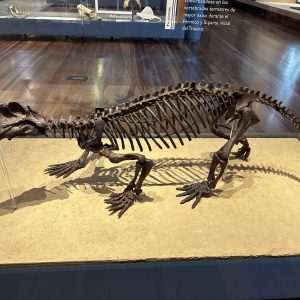
The Evolution of Predatory Synapsids
Published on June 14th, 2024 | by Hady George
The jaws of predatory synapsids fall under three distinct categories but what was each one adapted for... Read More →

The Permian period is a division of earth’s history spanning from around 299 to 252 million years ago, and during which landmasses coalesced to form the supercontinent Pangaea. The atmosphere of the Permian was comparable to the present, with CO2 and Oxygen content marginally higher than current levels. The Early Permian was in the grips of an ice age which had begun in the Late Carboniferous. Later the climate became warmer and drier. Permian oceans were similar to those of the carboniferous. Reefs formed in shallow seas within which corals, sponges, molluscs and echinoderms thrived. On land reptiles, which could cope better than amphibians in the arid conditions of the Permian, began to flourish and dominate global ecosystems. Among these were the mammal-like reptiles including Dimetrodon, a huge sail-backed predator. The end of the Permian is characterised by the largest mass extinction in earth’s history. Some 90% of marine species and 70% of land species died out. The extinction has been linked to the Siberian traps volcanism, one of the largest known volcanic episodes. Among the casualties were the trilobites, sea scorpions and acanthodian fish. Many surviving groups, such as the brachiopods, suffered a catastrophic loss in diversity from which they would never fully recover.

Published on June 14th, 2024 | by Hady George
The jaws of predatory synapsids fall under three distinct categories but what was each one adapted for... Read More →
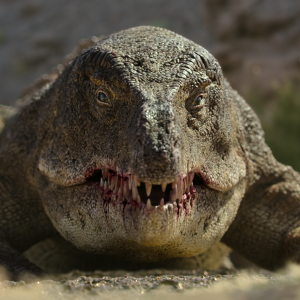
Published on October 25th, 2023 | by David Marshall
We're granted exclusive access to this new Netflix documentary... Read More →
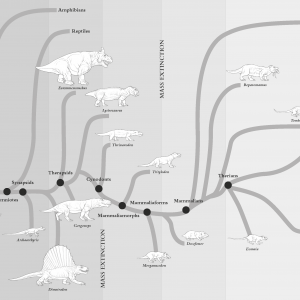
Published on June 16th, 2021 | by David Marshall
Our very own Dr Elsa Panciroli comes on the show to discuss her new book 'Beasts Before Us'... Read More →
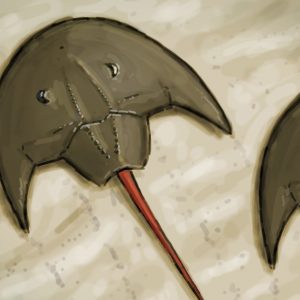
Published on July 31st, 2020 | by David Marshall
Dr Russell Bicknell joins to examine the evolutionary history of the horseshoe crabs... Read More →
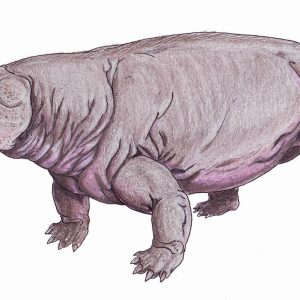
Published on December 31st, 2017 | by Chris Barker
Christmas was not particularly kind for one titanosuchid. Published on the day many were receiving gifts and well wishes, this Permian reptile was given the bad news that it was suffering from a bout of osteomyelitis, [&hellip... Read More →
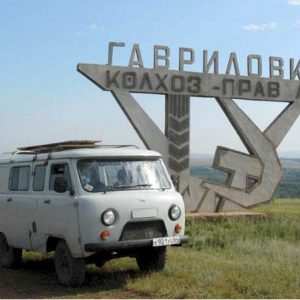
Published on May 29th, 2016 | by David Marshall
Around 250 million years ago, the largest biotic crisis the world has ever known occurred. The Permo-Triassic Mass Extinction (PTME) was an event that saw the loss of up to 95% of all species. The extinction [&hellip... Read More →
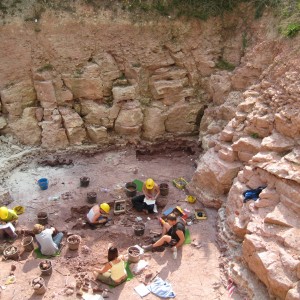
Published on February 22nd, 2016 | by David Marshall
Beneath the city of Chemnitz, Germany, exists a entire fossilised forest. This whole ecosystem was preserved in life-position during a series of volcanic events. The forest is from the Permian period and thus represents a fantastic [&hellip... Read More →
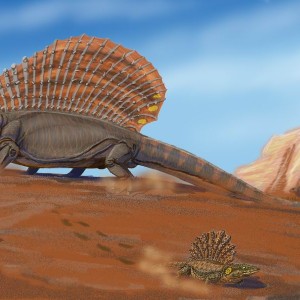
Published on July 31st, 2015 | by David Marshall
Synapsids are one of the major groups of terrestrial vertebrates. They first appear in the Carboniferous period and since that time have gone through many radiation and extinction events. But what did these first stem-mammals look [&hellip... Read More →
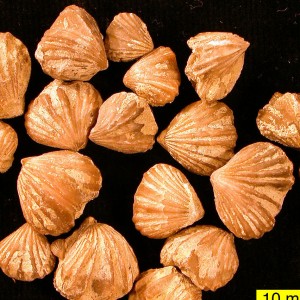
Published on February 1st, 2015 | by David Marshall
Brachiopods are some of the most common fossils to be found in rocks worldwide. Their thick, hard and (often) calcareous shells make them preferentially preserved in the fossil record. We probably all have found one, but [&hellip... Read More →
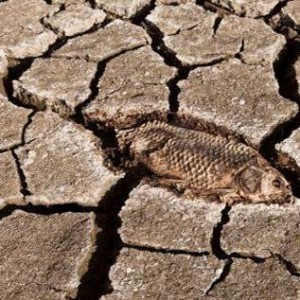
Published on December 1st, 2013 | by David Marshall
What are Mass extinctions, how are they quantified, what are the driving forces behind them, how bad were the ones in the past and will we have more in the future? To answer these questions we [&hellip... Read More →